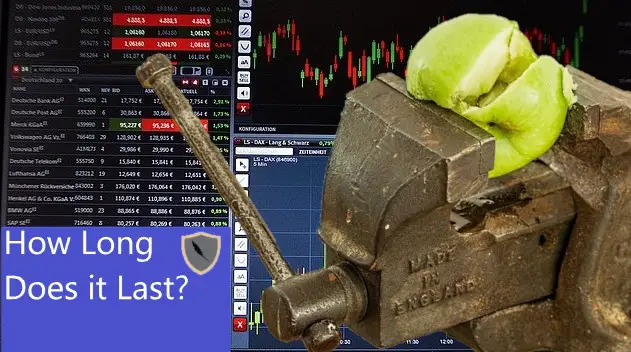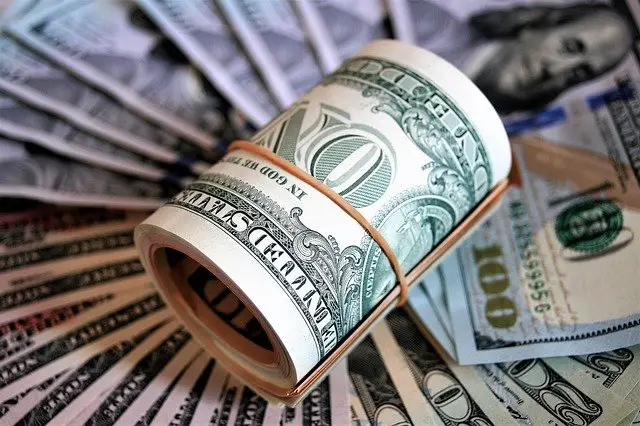There is a saying in the stock market that everything is “priced in.” For many this wording is weird as people make money all the time in the stock market, how can everything be priced in?
Well this article is going to explore that. I am going to define the term “priced in” in relation to the stock market and explain how you can find things that the market does not. This will allow you to make money well above normal market average, a concept that the professional investor world calls alpha.
The term “priced in” is simply a way to explain how the stock market has automatically factored in popular variables into the pricing of stocks. This means that popular information wont move the stock market as investors already are aware of the news’s existence.
Here at Chronohistoria I teach people how to generate above normal market returns (alpha) within their portfolios. I routinely publish articles on individual stock research, investment methodologies, and tips/tricks of the trade. There is a free newsletter if you want to sign up and remain up to date on everything investing.
Without skipping a beat, let’s jump right into the article; “Priced in”: What It Means And How To Avoid It In The Stock Market.
What Does It Mean To Say Something Is Priced In?
If you say “I think that X stock will rise because I heard on the internet or news channel it will” then it generally already has. This is because the overall goal of the market is to efficiently move capital from failing investments to succeeding ones.
By the time you or a majority of the retail investors hear about a potential investment it’s already too late. This is because by the time you react the market will have already reacted to the news. Simply put, you will have missed the boat.
In the professional investing world the concept of “priced in” is called alpha decay. When we build portfolios we try to find a way to beat the normal market return while managing risk. To do this we have to find things before the market has, this involves substantial research.
99% of the stuff you hear and consider investing advice is already “priced into” the current value of the stock. This goes for everything you hear about online, see on the news, or hear about at investing clubs and gatherings. The only real place you can read about potential investment decisions that are not priced in is educational articles, however this is a small percentage.
(Here is a good academic article demonstrating a potential investment methodology to generate alpha)
How To Tell If Something Is Priced In?
There are a couple easy ways to tell if something is priced in accurately by the market. The easiest by far is to see how far out the ‘event’ that is priced in is supposed to happen.
As we can see in the above graph if a stock is supposed to react to an event within the next month there is a 99% chance the market has it priced into its current price. Simply put, if you ‘discover’ a potential move in the market that is going to take place in the near term. Chances are it won’t happen.
However, if you find out about an event taking place 6 months from now there is only an 81% chance the market has this event priced. The reason for this decline is because there is a growth in unpredictable variables that investors must account for when opening investment positions.
These outside variables prevent the investors from having full confidence in an investment decision. This means the market will not fully price something in. This trend of “priced in” further declines the further we go out. At or around 2 years almost nobody can predict how the market will behave, as such nothing is priced in yet because there are two many unpredictable variables.
In essence, if you hear about something that is 14 months out there is a decent chance you might make some money off it. This is because a lot of the market has not priced it in yet.
How To Find Things The Market Has Not Priced In Yet
This is the secret to investing. If you can find things that the market has not responded to yet you will earn a good ROI well above the normal market return. This is the concept of generating alpha in your portfolio and letting it decay over time.
Alpha simply returns above the normal market return for a period of time. If the stock market returns 20% in one year and you have a 21% return on your portfolio that is 1% alpha over the year. If you can’t beat the average market return then you should not be messing with your portfolio, just buy the large ETFs.
The trick to generating these higher than normal returns is to find stocks that will be worth more 6 months to 1 year out. Everyone has different ways of doing this but when done properly you can have a portfolio that generates 25-35% year over year.
However, all alpha decays over time. It is impossible to create a portfolio that will generate above normal market returns forever. This is because eventually the market catches up with your portfolio and squeezes all alpha out of it. Thus returning the portfolio to the background return (alpha 0).
Here is the theoretical alpha disposition of a portfolio. Let’s say you found an event happening in 22 months from now and created a portfolio to exploit it. In month 1 of the above graph we see that your portfolio is virtually all alpha. Over time this alpha is squeezed out by the market to create return on the portfolio.
This action of creating alpha and letting it decay into return is what separates professional investors/traders from novice/retail ones.
By far the easiest way to generate alpha in a portfolio is to read as much as possible about a potential investment. You should start with their financial reports found at SEC.Gov. Just by reading annual reports you will set yourself well above the average investor. After reading a couple of these in one sector you will be able to accurately invest to generate alpha.
If you’re interested I wrote up an entire article on how to value assets for the future. (You can check it out here)
Conclusion
There you have it. An article that goes over the term “Priced In” and how to avoid it. Further, I demonstrate how you can avoid this in the future and generate your own alpha in the stock market. In no time at all you will be well on your own way to generating above average returns in the stock market.
Here at Chronohistoria I teach people how to generate above average market returns. If you liked this content then feel free to subscribe to the free newsletter to remain up to date.
Further, you can find the other articles below.
-
How Long Does a Short Squeeze Last? (3 Answers)

What is the time frame for you short squeeze? Well here is everything you will ever need to know to determine how long it will last.
-
Why You Still Own a Stock After It’s Delisted and How to Sell It

Do you still own a stock after its delisted? How do you sell it? Don’t worry the stock is still worth money and here is how to sell.
-
Can You Make 1% A Day in the Stock Market? (3 Steps)

Making 1% a day in the stock market is hard but defiantly doable. Here are 3 simple steps to helping you achieve this return.
Until next time, I wish you the best of luck in your investing journey.
Sincerely,



